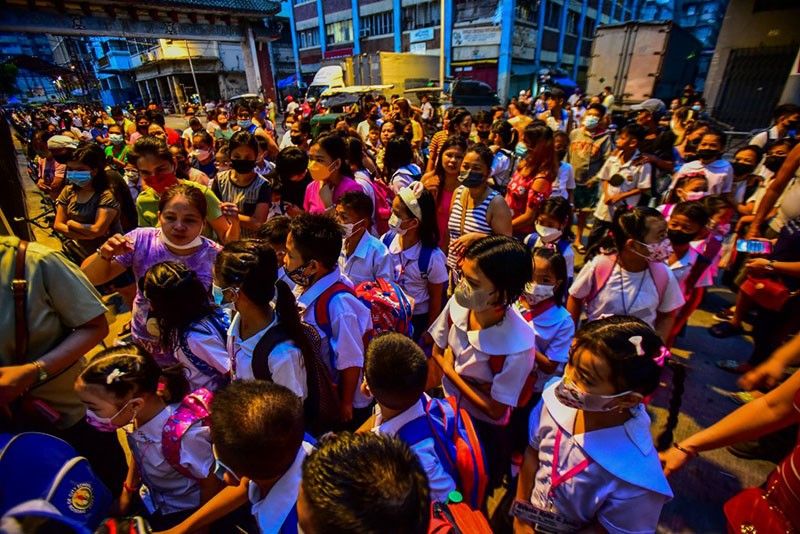PISA scores show Filipino boys are being left behind

MANILA, Philippines — The Philippines has the highest disparity between the student performance of male and female students in Southeast Asia, recent Program for International Student Assessment (PISA) results show, with girls outscoring their male peers higher than the global average.
According to the Philippines’ PISA scores, female students continue to outperform their male peers in mathematics, reading and science — and reading scores indicate that boys could be trailing behind girls by nearly two years’ worth of schooling.
The PISA results released on Tuesday capture the student performance of 15-year-olds in 81 countries, measuring not just learners’ overall proficiency in the three categories but also gender differences.
“Gender disparities in performance at age 15 may have long-term consequences for girls’and boys’ personal and professional future,” noted the Organization for Economic Cooperation and Development (OECD), which administers the PISA every three years.
Filipino female students scored higher than their male peers not just in reading — a gender gap that all but two countries in PISA share — but also in mathematics and science, where boys scored higher globally.
PH an outlier in math gender gap
Even as boys outperformed girls in mathematics in about half of PISA-participating countries, the Philippines once again saw the reverse.
Male Filipino students only attained an average score of 348 points in mathematics -- 14 points less than the score of female students, which the PISA noted as statistically significant.
According to the OECD, a 20-point difference is equivalent to a year's worth of schooling.
This mathematics gap between boys and girls is different from the OECD average, where boys scored nine points higher than girls overall.
Consistent in past PISA reports, female students in the Philippines outscored their male counterparts in reading, which is a category globally dominated by female students.
PISA scores indicate that boys could be trailing behind girls in reading by almost two years' worth of schooling due to a 35-point difference.
Meanwhile, in science, girls scored higher than boys by 15 points. In comparison, the OECD average shows that both boys and girls scored equally in this category.
Filipino boys bullied more than girls
PISA also found that a higher-than-average percentage of boys in the Philippines reported being bullied in school.
Around 53% of boys compared to 43% of girls said they were a “victim of bullying acts at least a few times a month,” the PISA report stated. This is twice higher than the OECD average (20% of girls and 21% of boys).
The Department of Education highlighted the bullying problem among male students during a press conference on the PISA results on Wednesday.
“The incidence of bullying in schools in the Philippines had decreased between 2022 and 2018; however, it remained a pervasive problem, more so among boys and those in public schools,” DepEd Undersecretary Gina Gonong said.
“Almost 1 in every 3 students reported experiencing bullying at school at least once a week. Students who experienced bullying at least a few times a month scored 11 to 44 points lower in mathematics,” Gonong added.
Implications
The OECD noted that poor student performance among boys could hinder them from seeking higher education, and eventually, lucrative employment opportunities.
“Boys who lag behind and lack basic proficiency in reading may face difficulties in gaining access to further education, desirable positions in the labour market and full personal development,” the PISA 2022 report noted.
Gender differences in achievement are not due to innate ability, but rather to social and cultural contexts that reinforce stereotypical attitudes and behaviors, the PISA report noted.
“For example, boys are significantly more likely than girls to be disengaged from school, get lower marks, repeat grades, and play video games in their free time,” PISA stated.
“Girls tend to behave better in class, get higher marks, spend more time doing home work, and read for enjoyment, particularly complex texts such as fiction, in their free time,” it added.
The PISA report also explained that its findings over the years show “gender-related disparities in achievement… appear to be neither innate nor inevitable.”
“Over the past few decades many countries have made significant progress in narrowing, and even closing, the gender gap in educational attainment,” PISA noted.
- Latest
- Trending






























